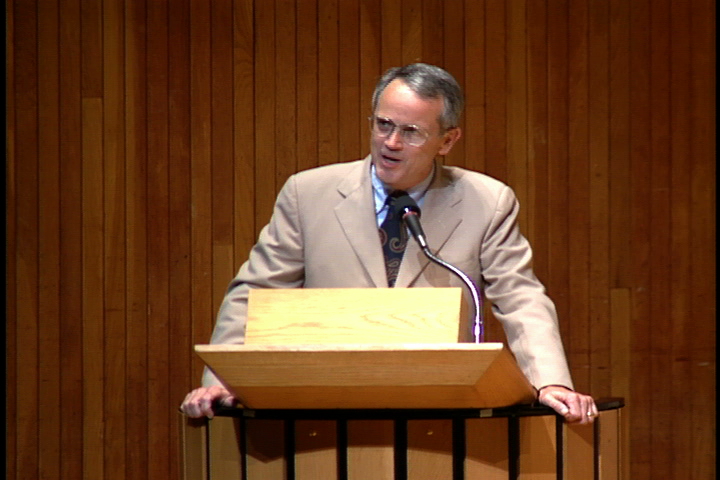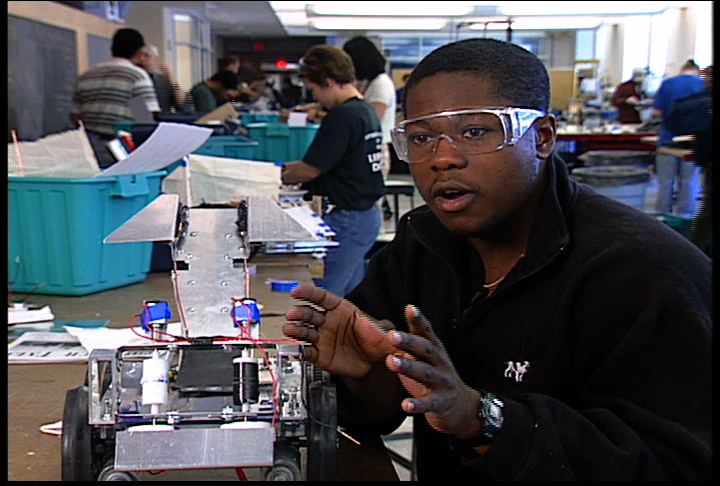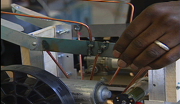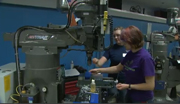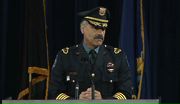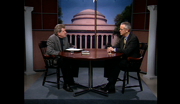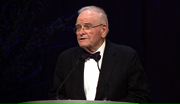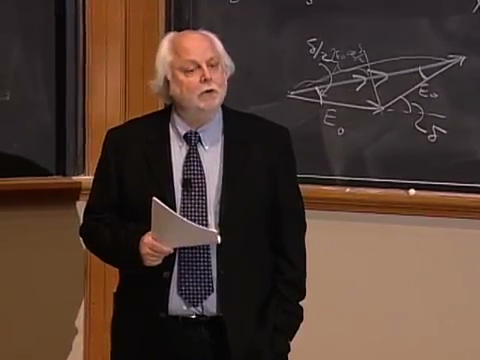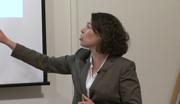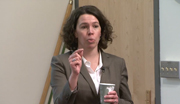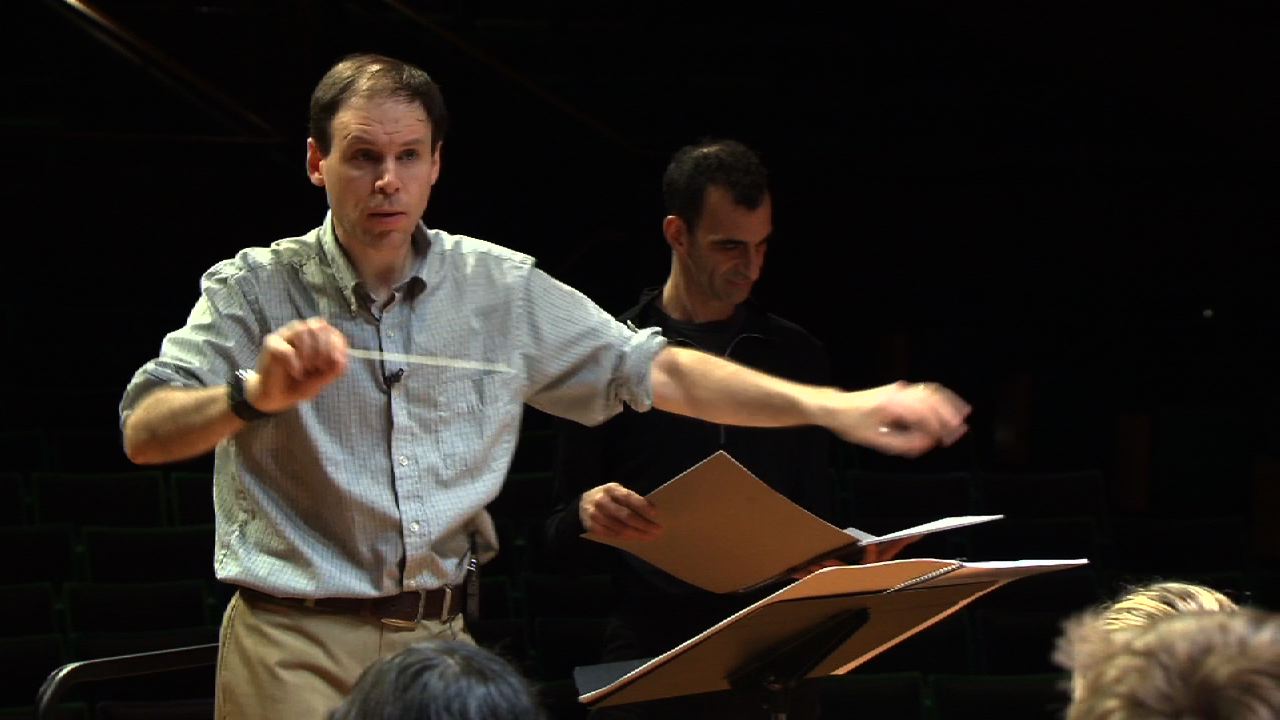To commemorate the 20th anniversary of STS-61, the first Hubble Space Telescope Servicing Mission, MIT’s Department of Aeronautics and Astronautics presented the symposium Rescuing Hubble, on Wednesday, November 13, 2013, from 9:30 am until 6 pm.
Participants include:
• STS-61 Space Shuttle Endeavour crewmembers: AeroAstro Professor Jeff Hoffman (EVA) (symposium co-chairman), Dick Covey (mission commander), Ken Bowersox (pilot), Story Musgrave (payload commander, EVA), and Tom Akers (EVA).
• David Mindell, AeroAstro, and Program in Science, Technology, and Society Professor (symposium co-chairman)
• Robert Williams, Space Telescope Institute former director
• Frank Cepollina, Space Servicing Capabilities Manager
• James Crocker, Corrective Optics Space Telescope Axial Replacement designer
• John Trauger, Wide Field and Planetary Camera correction designer
• Joseph Rothenberg, former NASA associate administrator for space flight
• Ronald Sheffield, Lockheed Hubble Space Telescope crew training manager
• Kathy Flanagan, Space Telescope Science Institute deputy director
• John Logsdon, former director, George Washington Space Policy Institute
• Milton Heflin, STS-61 lead flight director
The event was part of the MIT AeroAstro Lester D. Gardner Lecture series. The lectures are made possible by a bequest of the late Major Lester D. Gardner to sponsor annual presentations on aerospace history.
The Hubble Space Telescope took longer from start to launch and cost more than any previous NASA spacecraft. Deployed in April 1990, its mission was to explore and answer some of astronomy’s most intriguing questions including those of the origin and evolution of the universe. Yet within weeks of attaining orbit a stunning realization emerged: a manufacturing defect in the main mirror resulted in images of such poor quality the massive project was in danger of utter failure.
The landmark December 2-13, 1993 rescue mission, STS-61, was the most complex and challenging Space Shuttle mission that had ever been flown. Carrying out an unprecedented five space walks, the mission reversed Hubble’s fate, and, in ensuing years,the telescope has provided us with a stunning array of images and revelations about our universe more astounding than even the most imaginative astronomers, astrophysicists, and stargazers thought possible. In addition, the mission set the stage for future complex on-orbit extra-vehicular challenges including the construction and maintenance of the International Space Station.







